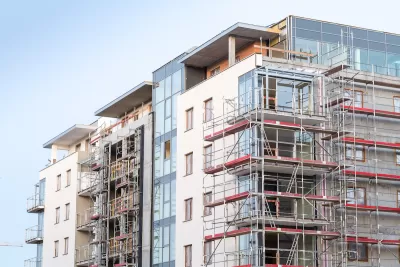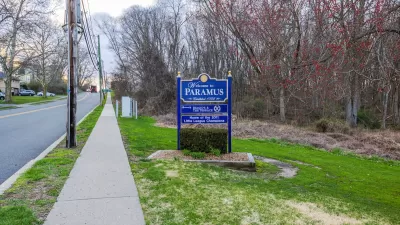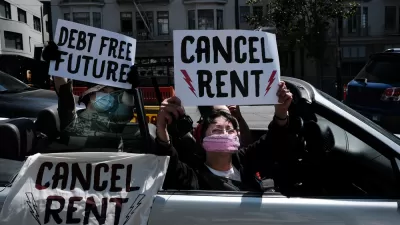From the United States to the United Kingdom, housing costs are eating up a larger percentage of household income.

According to an article by Mark Edward Rose posted on the World Economic Forum site, “There are insufficient subsidized or social homes or 'attainable' housing options for low- and middle-income households.” As Rose points out, “Looking at the heatmap of nationwide rent burden in the U.S. below, a stunning proportion of the country sees at least 30% of households rent burdened. This indicates a critical lack of supply for a range of income levels.”
While the crisis in the United States is particularly severe, other countries face similar problems. “In England, data from the Office of National Statistics reveals that only the cheapest 10% of houses are now considered affordable for the middle-income bracket.”
For many households, this means that renting is significantly cheaper per month than owning a home. “In the U.S., the cost of an average monthly home payment is now $3,322 – the average monthly new lease payment is almost $1,000 cheaper.”
According to Rose, there are four important ways the public sector can support more affordable housing. These include ‘sensible density,’ supporting the construction of denser housing in areas where it is feasible and appropriate; engaging the community to find locally sensitive solutions; implementing reforms such as reducing parking requirements that decrease the cost of housing; and building sustainable infrastructure to prepare neighborhoods for more density and protect cities from the impacts of climate change.
FULL STORY: Why the new starter home is a rental for many low and middle-income households

Planetizen Federal Action Tracker
A weekly monitor of how Trump’s orders and actions are impacting planners and planning in America.

Restaurant Patios Were a Pandemic Win — Why Were They so Hard to Keep?
Social distancing requirements and changes in travel patterns prompted cities to pilot new uses for street and sidewalk space. Then it got complicated.

Map: Where Senate Republicans Want to Sell Your Public Lands
For public land advocates, the Senate Republicans’ proposal to sell millions of acres of public land in the West is “the biggest fight of their careers.”

Maui's Vacation Rental Debate Turns Ugly
Verbal attacks, misinformation campaigns and fistfights plague a high-stakes debate to convert thousands of vacation rentals into long-term housing.

San Francisco Suspends Traffic Calming Amidst Record Deaths
Citing “a challenging fiscal landscape,” the city will cease the program on the heels of 42 traffic deaths, including 24 pedestrians.

California Homeless Arrests, Citations Spike After Ruling
An investigation reveals that anti-homeless actions increased up to 500% after Grants Pass v. Johnson — even in cities claiming no policy change.
Urban Design for Planners 1: Software Tools
This six-course series explores essential urban design concepts using open source software and equips planners with the tools they need to participate fully in the urban design process.
Planning for Universal Design
Learn the tools for implementing Universal Design in planning regulations.
Heyer Gruel & Associates PA
JM Goldson LLC
Custer County Colorado
City of Camden Redevelopment Agency
City of Astoria
Transportation Research & Education Center (TREC) at Portland State University
Camden Redevelopment Agency
City of Claremont
Municipality of Princeton (NJ)





























